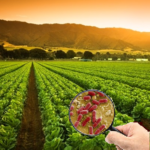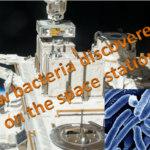The journey from the traditional culture-based methods to the current state of the art is impressive. Culture-based methods remain the first choice for many since they are sensitive, inexpensive, and easy to use. However, they tend to be laborious, time-consuming, and slow to provide results. Methods evolved- first came Immunological methods that Include ELISA, lateral flow immunoassay, and IMS. They are faster, more convenient but lack some specificity. Molecular Detection Methods emerged from simple PCR to multiplex PCR, real-time PCR (qPCR), NASBA, LAMP, and oligonucleotide DNA microarray, and they keep evolving. Along the way, phage-based methods were developed. Many Biosensors...
ruth
ruth
On April 6, 2021, the U.S. Food and Drug Administration (FDA) announced issuing a final report on its investigation of the 2020 fall outbreak of E. coli O157:H7). The FDA also announced the release of an update of their action plan to improve leafy greens’ safety. The 2020 outbreak strain was linked through WGS to previous outbreaks involving leafy greens’ consumption. The outbreak strain was obtained from cattle feces composite sample, taken from a road approximately 1.3 miles upslope from the produce farm. The investigation gave insights into potential sources of contamination, including livestock activities on adjacent land. The FDA...
ruth
Scientists on the ISS (International Space Station) have been frequently checking eight locations of the spaceship over the last six years for the presence of microorganisms’ growth. Hundreds of bacteria samples have been collected and studied, with a thousand more waiting to return to Earth for analysis. A study describes the discovery of four new unique bacteria, on the ISS. The bacteria belonging to the family of Methylobacteriaceae were isolated from different locations of the International Space Station (ISS) in two consecutive flights. One of the 4 organisms was previously known and was identified as Methylorubrum rhodesianum. Three of the...



